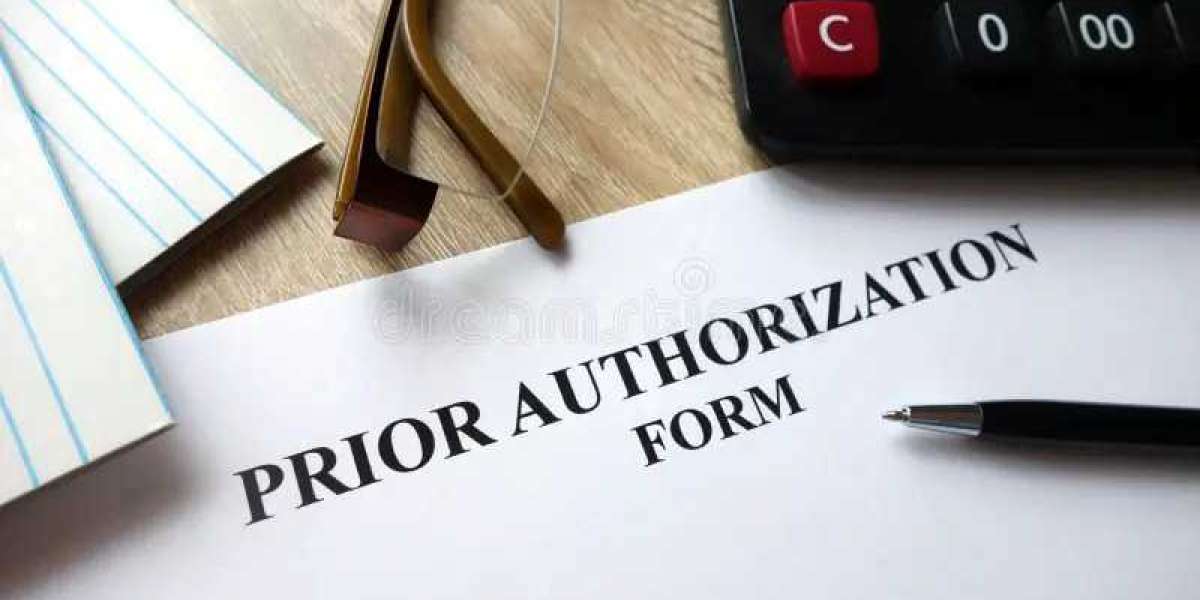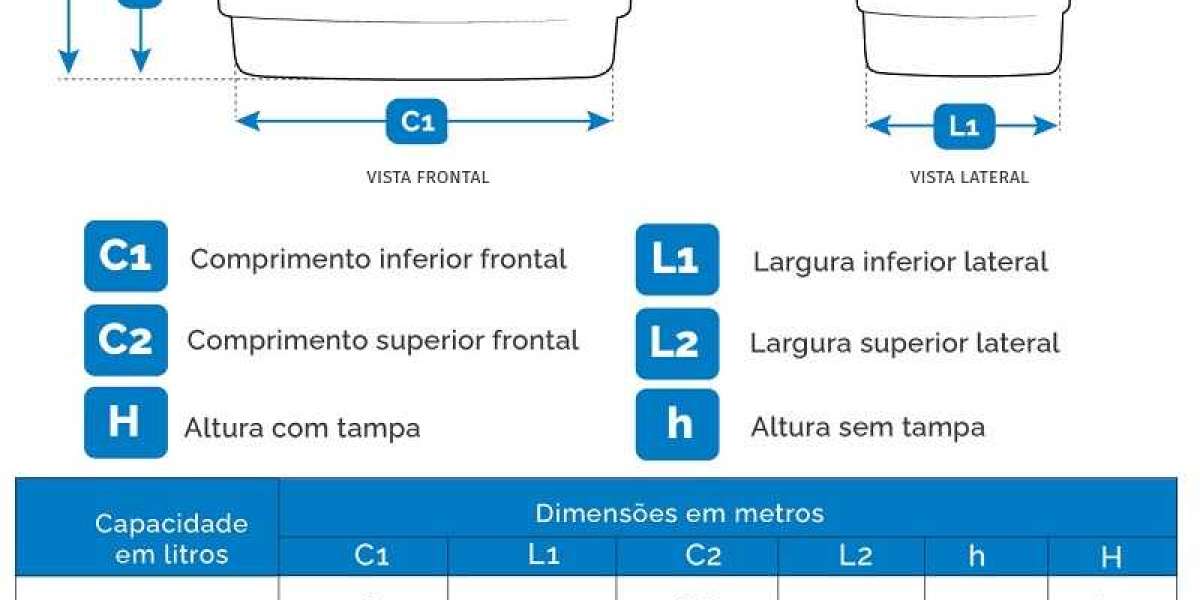Insurers established prior authorization process as a cost and quality control strategy, ensuring patients receive accurate, timely, cost-effective, evidence-based quality care.
However, real-life incidents have shown the process often backfired on the care process and thus disrupting not only the practice performance but also affecting the patients’ health outcomes.
On top of that, it often induces physician burnout and hinders the overall operational efficiency of your practice.
The sheer volume of paperwork required to navigate the preauthorization for medical services is overwhelming, time-consuming and exhausting for providers and billing teams.
If you are in need of navigating PA complexities or just want to know more about the process, you are in the right place!
We have discussed the fundamentals of preauthorization, its significance in your practice and how you can handle it.
What Are Prior Authorizations?
PA process involves approval from a health plan for a service or prescription to be delivered to the patient. This ensures the plan reimburses the costs of the services you provide.
Pre-authorization services are typically needed for more expensive, non-emergency services or costly medications. The purpose is to control and avoid unnecessary procedures and medications by getting approval in advance.
However, you must understand that a prior authorization approval does not mean that you will get reimbursements. It is merely an indication that a procedure is medically necessary. A number of things can happen after your claim submission that can prohibit your reimbursements.
Specialist visits, for instance a visit to an out-of-network chiropractor can be complicated. Payors have developed PA criteria drawn from medical guidelines. However, according to a survey by the American Medical Association one in three providers agreed that these rules are rarely or never evidence based.
Why is Prior Authorization Needed?
Payors established the prior authorization process to ensure the services rendered are always medically necessary. It is basically a cost and quality control mechanism. It is set in place, so patients only receive the best and most cost-effective option with the highest quality of care.
PAs have been suggested to help manage the costs of the healthcare expenditure.
On the contrary, the huge documentation requirements in preauthorization for medical services has become a major concern for the providers and healthcare facilitators.
Time Required to Obtain Prior Authorization
Typically, preauthorization takes 24 to 72 hours. But the duration of prior authorization can vary depending on the insurers’ requirements and complexities of the services or procedures. In case of elevated complications, it might take up to 30 days.
The Prior Authorization Process Flow
An authorization process typically begins with the provider identifying the need of the same for a particular service or procedure.
1) Identification of the need:
The provider determines the need of the service, medication or procedure that requires authorization.
2) Request submission:
The provider submits the request to the insurance company. This usually involved filling out specific forms and providing detailed information about the patient’s condition along with personal information.
3) Review by insurer:
The insurance company reviews the request which involves their own medical experts. They may approve, deny or ask for additional information.
However, the AMA survey identified that providers often face challenges regarding PA, as it is quite common for the healthcare professional at the other end is not from the same specialty.
4) Appeal:
Depending on the accuracy and appropriateness of the request, the prior authorization is denied or approved. In the event of approval, you can start with the treatment. And considering the denial you have to resubmit the request.
Issues with Traditional Prior Authorization Methods
For the provider, the preauthorization process is an endless journey of starting, completing, and revising paperwork. This process presents administrative challenges and snitches your time from patient care.
With the complications at hand, it is evident that you have to invest a large portion of daily schedules which hampers your care quality and reputation at the same time. Also, it affects your revenue cycle by increasing the turnaround time.
Outsource to Expert Pre Authorization Companies
A team of outsourced prior authorization experts can eliminate all the roadblocks with their experience and expertise.
If you are provider working countless hours to straighten up your prior authorization process and leading straight to burnout, then it is the right time to outsource to a pre auth service consultant.
A consistent outsourced team can handle all the administrative tasks and enhance your practice’s productivity and efficiency in the long run.







